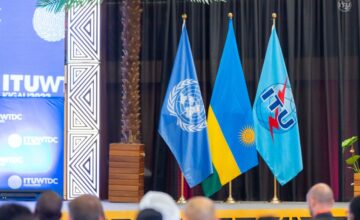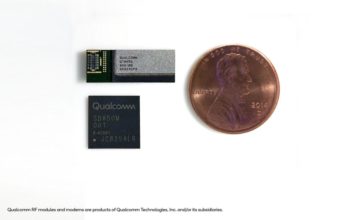CTIA held its Race to 5G Summit last month, featuring a bevy of industry speakers and reports on 5G readiness. Here are some of the highlights.
America is in third place globally in 5G readiness, behind China and South Korea by a slim margin. To win the race, the U.S. would need to bring more mid-band spectrum to market and establish a “clear spectrum pipeline as seen in China and South Korea,” as well as modernize local procedures for infrastructure deployment.
All told, 5G promises America an estimated $275 billion in new investment, half a trillion in economic growth and 3 million jobs.
Dr. John Saw, Sprint’s CTO, was among the keynote speakers at the summit. He offered a 4-step roadmap of sorts, laying out what Sprint and its peers need to roll out 5G: 1) Reduce red tape in rolling out critical infrastructure such as small cells (which the FCC did in March); 2) streamline the regulatory regime for installing wireless sites on public structures; 3) more spectrum to be made available and 4) reduce fees for small cell installations.
If his presentation could be concentrated into one theme, it would be densification. Dr. Saw highlighted Sprint’s impending deployment of 64T64R Massive MIMO at 2.5 GHz, as well as upgrading “thousands of 2.5 GHz sites with Massive MIMO to support LTE and 5G simultaneously.” 2019 would thus be a year of “split mode,” with 2020 being targeted for stand-alone 5G/NR.
Finally, while not exact, Saw’s presentation suggests that Sprint plans to earmark about one-third of its 204 MHz of spectrum for 5G.
Niklas Heuveldop, CEO and president of Ericsson North America, dedicated most of his presentation to a birds-eye view of 5G’s ramifications: an eight-fold growth in traffic, 35 percent better value for money, and a mature 5G site being 10 times more cost efficient than a baseline 4G site.
Globally, he forecast that most of the growth potential in 5G lies in manufacturing, followed by energy and utilities, public safety, public health care and public transit.
On the government front, National Telecommunications and Information Administration (NTIA) Assistant Secretary for Communications and Information David Redl, laid out the NTIA’s four-pronged plan: making more spectrum, removing obstacles to deploying infrastructure, “ensuring that we have a collective strategy to secure 5G networks,” and collaborating on standards. He stressed that the NTIA would prioritize all spectrums, from low-band to high-band, and continue to repurpose non-commercial bands for 5G use. Redl also indicated his preference that 5G security be spearheaded by private industry, with the relevant federal participation.
FCC Commissioner Brendan Carr gave the closing address and largely highlighted FCC developments in streamlining regulations and opening up spectrum and promised continued progress.




